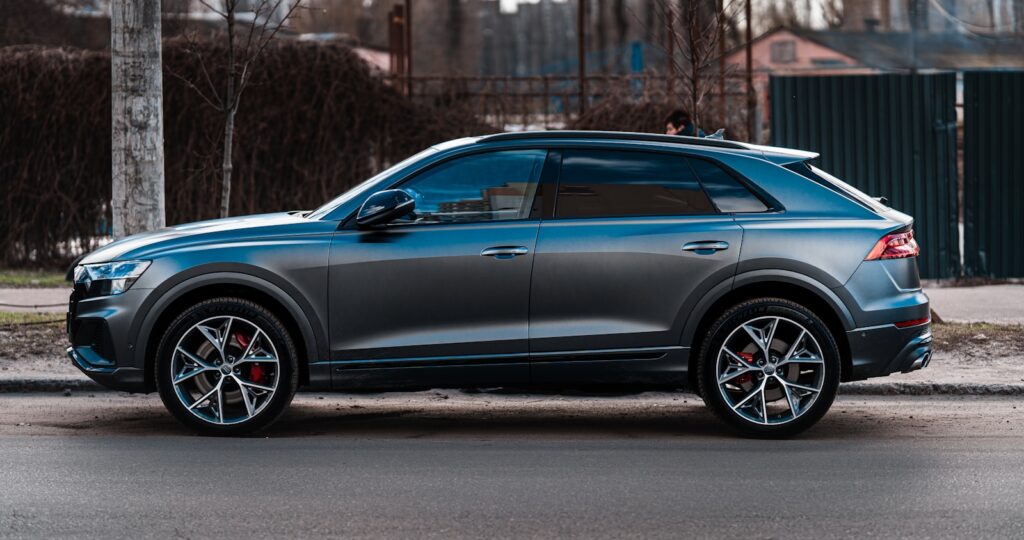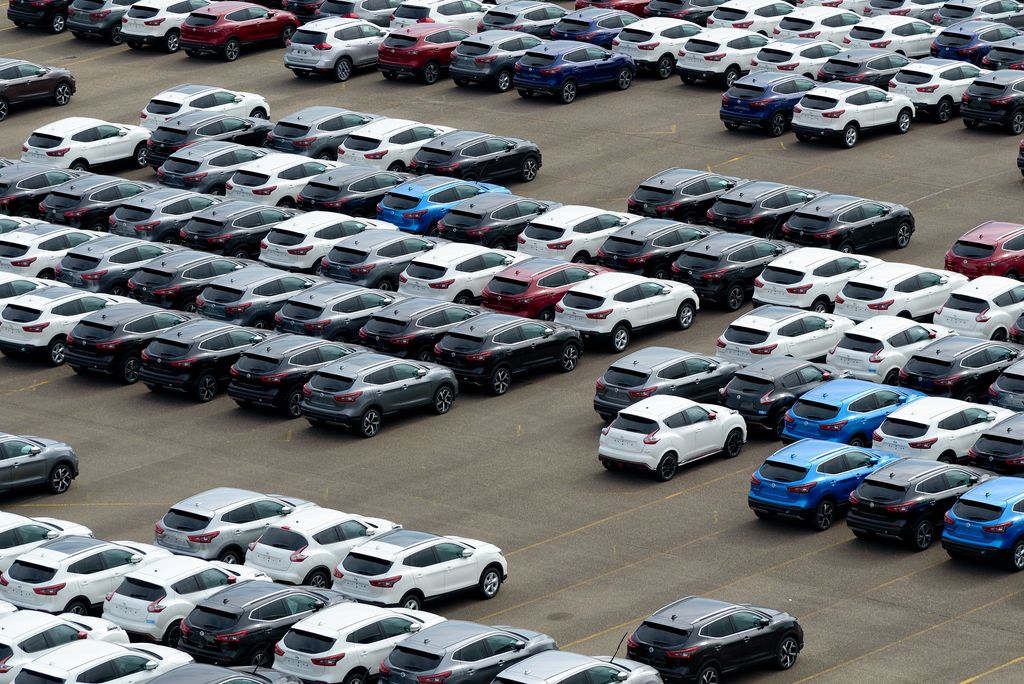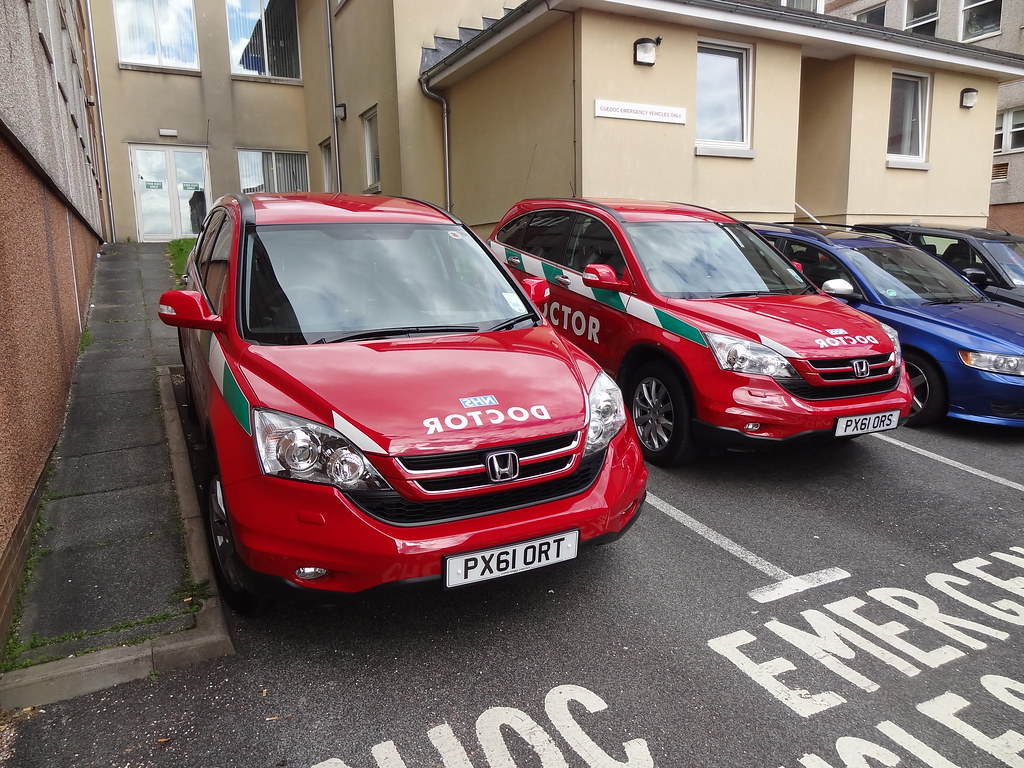
The automobile, a marvel of engineering since Carl Benz’s Patent-Motorwagen in 1886, has fundamentally reshaped our world. From early beginnings to today’s sophisticated machines, cars have offered “on-demand transportation, mobility, independence, and convenience.” They’ve spurred economic growth, creating “job and wealth creation from the automotive industry,” and broadened “societal well-being from leisure and travel opportunities.” Yet, as we approach significant automotive transformation, many cling to outdated ideas and habits about cars.
It’s time for a critical reality check. Our approach to owning, operating, and even interacting with vehicles needs a substantial update. The automotive world evolves faster than ever, driven by environmental pressures, technological leaps, and changing societal needs. Maintaining old ways of thinking is not just inefficient; it can be costly, environmentally detrimental, and compromise safety.
This isn’t about criticizing your vehicle. It’s about equipping you with the knowledge for smarter choices. We’ll explore deeply ingrained assumptions and practices about your car that you should reconsider. Prepare to shift your perspective and embrace the future of driving, one informed decision at a time.
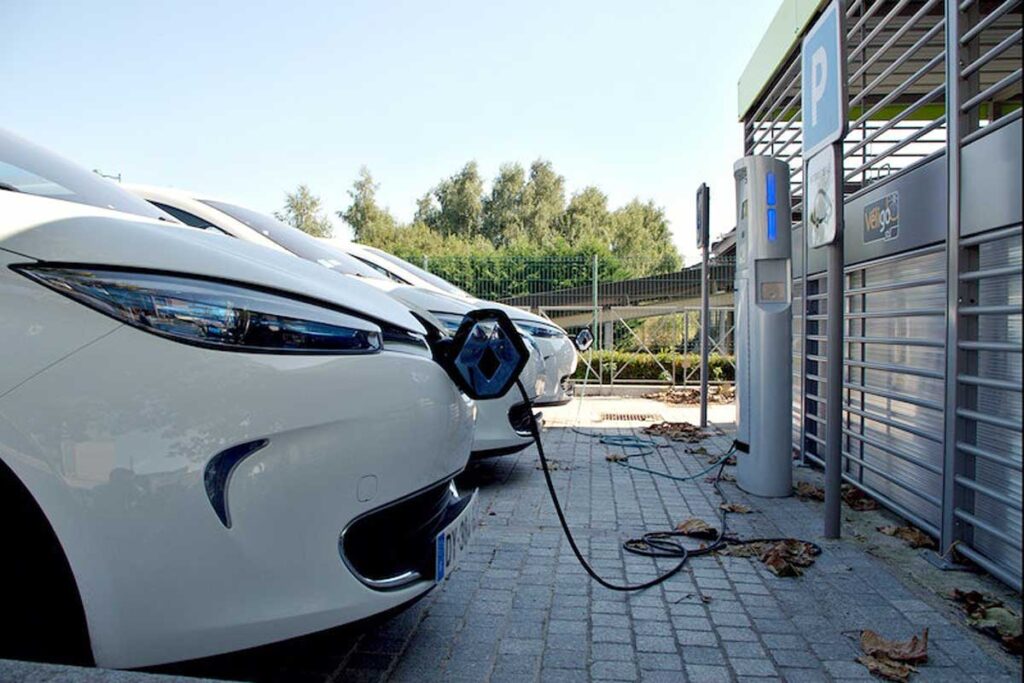
1. **Stop Assuming Fossil Fuel Cars Are the Only Viable Option**For over a century, the internal combustion engine (ICE), primarily fueled by petrol, dominated roads. “Most cars in use in the early 2020s are propelled by an internal combustion engine, fueled by the combustion of fossil fuels.” This dominance, fueled by mass production from Ransom Olds and Henry Ford, made personal transport widely accessible. The Model T, 1908-1927, is “widely credited with being the first mass-affordable automobile,” solidifying petrol/diesel as the default.
However, that era is swiftly ending. “Electric cars, which were invented early in the history of the car, became commercially available in the 2000s and widespread in the 2020s.” This isn’t merely a trend but a fundamental shift, vital for global necessity. The “transition from fossil fuel-powered cars to electric cars features prominently in most climate change mitigation scenarios.” Governments globally recognize this urgency; “some cities ban[ning] older more polluting petrol-driven cars and some countries plan to ban sales in future,” signaling a future where fossil fuel reliance will be impractical and regulated.
The shift from traditional fuels also stems from broader concerns. “Removal of fossil fuel subsidies, concerns about oil dependence, tightening environmental laws and restrictions on greenhouse gas emissions are propelling work on alternative power systems for cars.” While petrol-fuelled car production “peaked in 2017,” the market now diversifies rapidly. Alongside pure electric vehicles, “hybrid vehicles, plug-in electric vehicles and hydrogen vehicles” are gaining traction. Limiting new car options solely to fossil fuel models means missing significant advancements and future-proofing your mobility.
Growth figures are compelling: “As of 2025 one in four cars sold is electric.” Though fully electric and plug-in hybrids were “less than one in twenty… by the end of 2024” on roads, sales growth shows a clear trajectory. Regenerative braking in electric and hybrid cars “recovers and returns to a battery some energy which would otherwise be wasted by friction brakes,” boosting efficiency. It’s time to stop automatically assuming the petrol pump is your only fueling option.
Car Model Information: 2024 Audi Q5 45 S line Premium Plus
Caption: 1925 Ford Model T Touring Car
Manufacturer: Ford Motor Company
Production: October 1908 – May 1927
Assembly: collapsible list
Designer: Childe Harold Wills
Class: Economy car
BodyStyle: collapsible list
Layout: FMR layout
Engine: straight-4
Transmission: planetary gear
Wheelbase: 100.0 in
Abbr: on (1912 roadster)
Length: 134 in
Width: 1676 mm
Height: 1860 mm
Weight: convert
Predecessor: Ford Model N
Successor: Ford Model A (1927–1931)
Categories: 1900s cars, 1908 establishments in the United States, 1910s cars, 1920s cars, All articles needing additional references
Summary: The Ford Model T is an automobile that was produced by the Ford Motor Company from October 1, 1908, to May 26, 1927. It is generally regarded as the first mass-affordable automobile, which made car travel available to middle-class Americans. The relatively low price was partly the result of Ford’s efficient fabrication, including assembly line production instead of individual handcrafting. The savings from mass production allowed the price to decline from $780 in 1910 (equivalent to $26,322 in 2024) to $290 in 1924 ($5,321 in 2024 dollars). It was mainly designed by three engineers, Joseph A. Galamb (the main engineer), Eugene Farkas, and Childe Harold Wills. The Model T was colloquially known as the “Tin Lizzie”.
The Ford Model T was named the most influential car of the 20th century in the 1999 Car of the Century competition, ahead of the BMC Mini, Citroën DS, and Volkswagen Beetle. Ford’s Model T was successful not only because it provided inexpensive transportation on a massive scale, but also because the car signified innovation for the rising middle class and became a powerful symbol of the United States’ age of modernization. With over 15 million sold, it was the most sold car in history before being surpassed by the Volkswagen Beetle in 1972.
Get more information about: Ford Model T
Buying a high-performing used car >>>
Brand: Ford Model: Model T
Price: $29,595 Mileage: 34,991 mi.
Read more about: Are EVs Really Worth It? The 13 Downsides Nobody Tells You About Before You Buy

2. **Stop Overlooking the Growing Environmental Footprint of Your Vehicle Choices**While personal car freedom provides “on-demand transportation, mobility, independence, and convenience,” acknowledging our vehicle choices’ broader consequences is crucial. Car production and use cause “local air pollution plastic pollution and contributes to greenhouse gas emissions and climate change.” These are not theoretical concerns; they are tangible, real-world effects impacting everyone.
Air quality is a primary concern. “Cars are a major cause of air pollution, which stems from exhaust gas in diesel and petrol cars and from dust from brakes, tyres, and road wear.” This pollution isn’t uniform; “Larger cars pollute more.” Beyond exhaust, there’s a hidden cost: “Heavy metals and microplastics (from tyres) are also released into the environment, during production, use and at the end of life.” Manufacturing also impacts water quality, with “Mining related to car manufacturing and oil spills both cause water pollution.” Understanding these broad impacts is the first step toward responsible choices.
Our choices, particularly the increasing preference for larger vehicles, worsen these issues. “Trucks’ share of US vehicles produced, has tripled since 1975.” More alarmingly, “A growing demand for large SUVs is driving up emissions from cars.” Despite improved fuel efficiency within categories, “the overall trend toward less efficient types of vehicles has offset some of the benefits of greater fuel economy and reductions in pollution and carbon dioxide emissions.” The data is stark: “Without the shift towards SUVs, energy use per unit distance could have fallen 30% more than it did from 2010 to 2022.” Simply buying a “new” car doesn’t guarantee a “greener” one if its size and type disproportionately contribute to environmental burdens.
Governments and cities are responding with regulations and incentives. “Governments use fiscal policies, such as road tax, to discourage the purchase and use of more polluting cars; Vehicle emission standards ban the sale of new highly pollution cars.” Concrete actions include “Many countries plan to stop selling fossil cars altogether between 2025 and 2050” and “Amsterdam is planning to ban fossil fuel cars completely.” Your vehicle choice isn’t just personal; it’s a contribution to a collective environmental challenge, and ignoring this impact is no longer feasible.

3. **Stop Neglecting the Societal Costs and Health Impacts of Car-Centric Living**Though personal car benefits include “on-demand transportation, mobility, independence, and convenience,” cars also impose significant societal costs and health impacts. Personal mobility has reshaped urban landscapes, often with downsides. “Cities planned around cars are often less dense, which leads to further emissions, as they are less walkable for instance.” This sprawling development creates car dependence, fostering problems like “traffic congestion,” “an issue in many major cities.”
Health implications are particularly severe. “Air pollution from cars increases the risk of lung cancer and heart disease.” This also “can harm pregnancies: more children are born too early or with lower birth weight.” Children are especially vulnerable: “Children are extra vulnerable to air pollution, as their bodies are still developing and air pollution in children is linked to the development of asthma, childhood cancer, and neurocognitive issues such as autism.” Beyond air quality, “The growth in popularity of the car allowed cities to sprawl, therefore encouraging more travel by car, resulting in inactivity and obesity, which in turn can lead to increased risk of a variety of diseases.”
Car-centric planning also has social ramifications for youth and low-income communities. “When places are designed around cars, children have fewer opportunities to go places by themselves, and lose opportunities to become more independent.” For low-income neighborhoods, “the transport divide and car dependency resulting from domination of car-based transport systems presents barriers to employment,” often forcing families to “run cars they cannot afford in order to maintain their income.” This creates a cycle of financial strain and limited opportunity, showing the “freedom” of a car comes with a significant societal price.
Considering these costs, our perception and use of cars require a broader perspective. It’s more than purchase price or fuel; it’s the burden on public health, urban design, and equity. Embracing alternatives, advocating walkable cities, and supporting public transport are practical steps to mitigate the extensive social and health costs car dependency has imposed worldwide.

4. **Stop Ignoring the Advancements in Car Safety Beyond Basic Features**The grim reality is “Traffic collisions are the largest cause of injury-related deaths worldwide,” emphasizing vehicle safety’s critical importance. Early car safety was basic, marked by tragedies like Mary Ward, “one of the first documented car fatalities in 1869,” and Henry Bliss, “one of the US’s first pedestrian car casualties in 1899.” Modern vehicles have significantly evolved, but “airbags” and “anti-lock brakes” are now just starting points.
Today’s cars integrate sophisticated features for accident prevention and injury reduction. “Modern steel safety cages,” “airbags,” and “anti-lock brakes” are baseline expectations, contributing to increased vehicle weight. Beyond these, “additional features and controls have been added to vehicles, making them progressively more complex.” This includes active systems like “rear-reversing cameras” and “collision avoidance systems,” especially in “more costly upper-class and luxury cars.” These technologies move beyond passive protection to actively help drivers avoid incidents.
Enhanced safety is institutionalized through rigorous testing and regulation. “There are now standard tests for safety in new cars, such as the Euro and US NCAP tests, and insurance-industry-backed tests by the Insurance Institute for Highway Safety (IIHS).” These tests offer vital consumer information. Furthermore, “Some countries are tightening safety regulations for new cars, for example to mandate data recorders and automated braking.” This regulatory push suggests a future where advanced safety features are fundamental, significantly improving overall road safety.
Safety also extends beyond vehicle occupants. The context notes that “not all such tests consider the safety of people outside the car, such as drivers of other cars, pedestrians and cyclists.” This highlights a broader responsibility. When choosing a vehicle, assessing basic passive safety isn’t enough. Informed decisions require understanding advanced driver-assistance systems (ADAS) and comprehensive safety performance, ensuring protection for both inside and outside the vehicle.
Read more about: The Great Blinker Blackout: Are You Contributing to the 750 Billion Signal Failures Annually?

5. **Stop Struggling with Outdated Car Interfaces and Controls**The way we interact with our cars has undergone a quiet revolution, and clinging to old habits means missing out on efficiency and modern convenience. While early vehicles relied on purely mechanical linkages for critical functions like braking and acceleration, the reality of the early 2020s is vastly different. Cars have “increasingly replaced these physical linkages with electronic controls,” marking a profound shift from a tangible, mechanical experience to a more integrated, digital one.
Over the decades, the cockpit of a car has transformed from a collection of essential levers and dials into a complex ecosystem of sophisticated features. Beyond the traditional steering wheel and pedals, “additional features and controls have been added to vehicles, making them progressively more complex.” Think of the ubiquity of “rear-reversing cameras, air conditioning, navigation systems, and in-car entertainment.” These are no longer just optional extras; they’re integral components that demand familiarity for optimal and safe operation.
Perhaps the most dramatic change in how we interact with our cars is the digital takeover of the dashboard. “Another trend is the replacement of physical knobs and switches by secondary controls with touchscreen controls such as BMW’s iDrive and Ford’s MyFord Touch.” This means your car’s command center often resembles a tablet more than a traditional control panel. Understanding menu hierarchies, recognizing digital indicators, and mastering voice commands are now essential skills for maximizing convenience and maintaining focus on the road.
Ultimately, these evolving interfaces aren’t just about superficial changes; they reflect fundamental shifts in automotive technology. “Controls are evolving in response to new technologies, for example, the electric car and the integration of mobile communications.” Embracing and learning these new systems is not just about staying current; it’s about leveraging the full potential of your modern vehicle for enhanced safety, efficiency, and an overall more integrated driving experience.
Read more about: The Gold Standard vs. The Graveyard: A Deep Dive into 10 Used Crossovers Dealers Love (and Loathe)
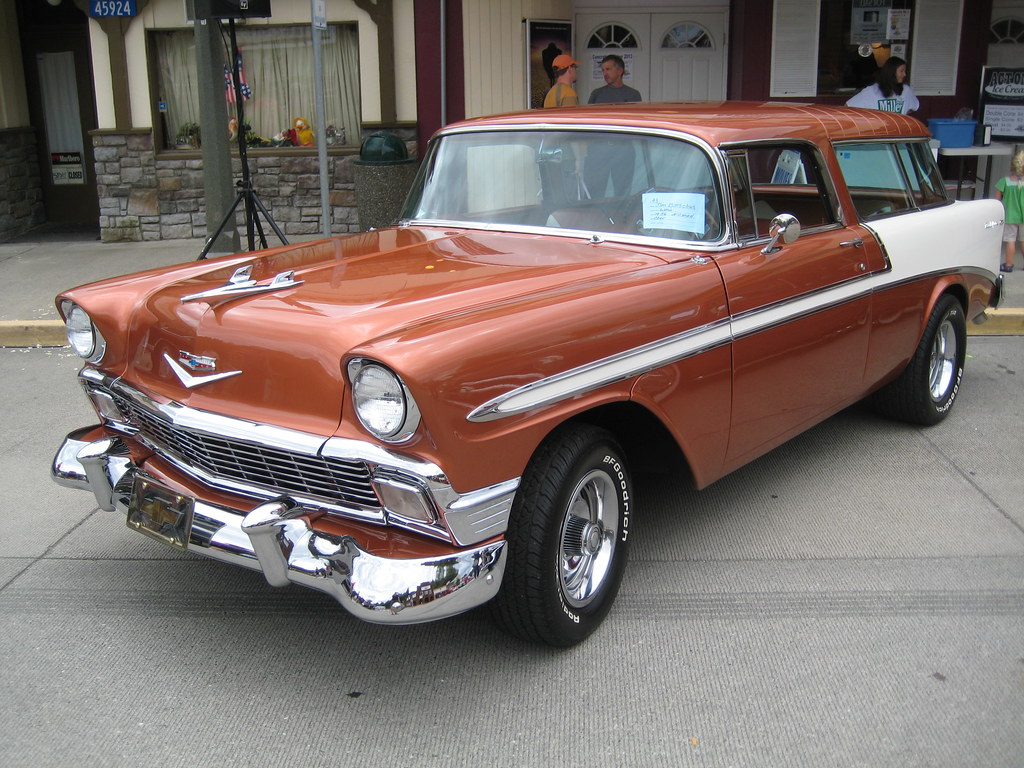
6. **Stop Disregarding the Implications of Vehicle Weight and Size**The cars we drive today are significantly different from their predecessors, not least in their sheer mass. “During the late 20th and early 21st century, cars increased in weight due to batteries, modern steel safety cages, anti-lock brakes, airbags, and ‘more-powerful—if more efficient—engines’ and, as of 2019, typically weigh between 1 and 3 tonnes.” This substantial increase isn’t without reason, as many features are designed to boost occupant safety and performance, yet it carries broader implications that often go unexamined.
This added heft creates a critical safety paradox. While “Heavier cars are safer for the driver from a crash perspective,” this often comes at the expense of others on the road, making them “more dangerous for other vehicles and road users.” Beyond safety concerns, there’s a direct impact on your vehicle’s operational efficiency. “The weight of a car influences fuel consumption and performance, with more weight resulting in increased fuel consumption and decreased performance.” This translates directly into higher running costs and a larger carbon footprint.
A significant factor contributing to this increase in mass is the unwavering consumer demand for larger vehicle types. “Trucks’ share of US vehicles produced, has tripled since 1975,” and even more broadly, “A growing demand for large SUVs is driving up emissions from cars.” This trend often negates efficiency gains made elsewhere. In fact, “Without the shift towards SUVs, energy use per unit distance could have fallen 30% more than it did from 2010 to 2022,” highlighting the collective impact of individual choices.
Governments and manufacturers are beginning to address these issues through various means. “Some places tax heavier cars more: as well as improving pedestrian safety this can encourage manufacturers to use materials such as recycled aluminium instead of steel.” The future of automotive design increasingly focuses on innovative materials like “fiberglass, carbon fiber, biocomposites, and carbon nanotubes” to create lighter, yet stronger vehicles. Recognizing the ripple effects of vehicle weight and size allows you to make more informed decisions that benefit both your wallet and the wider community.
Read more about: The Absolute Worst Ways to Load Your Pickup Truck for a Long Trip: A Lifehacker’s Guide to Avoiding Disaster
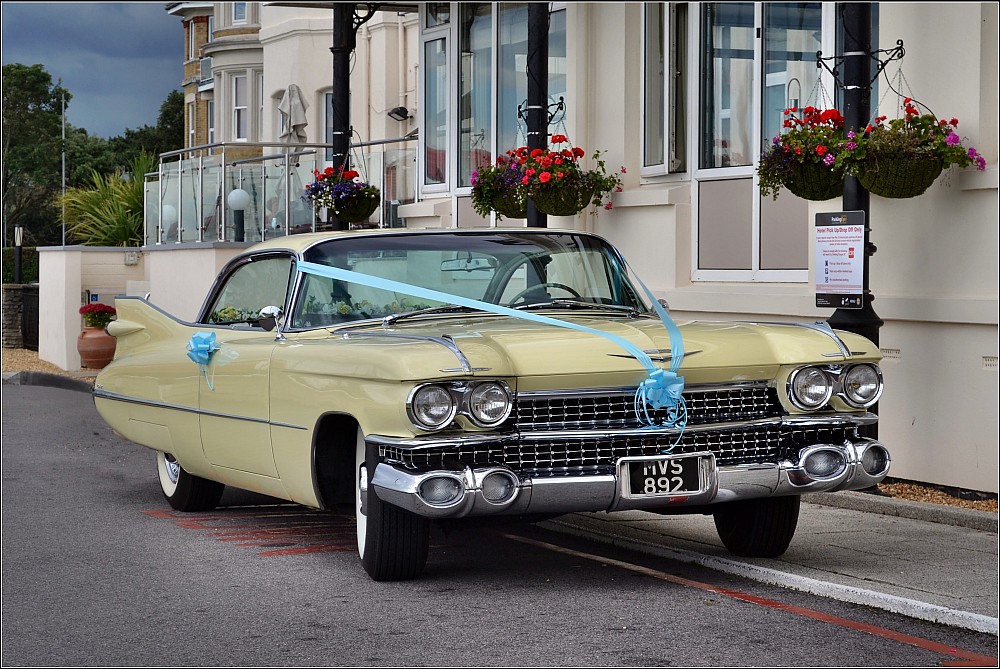
7. **Stop Overlooking Shared Mobility and Car-Free Opportunities**For generations, personal car ownership has been synonymous with freedom, offering “on-demand transportation, mobility, independence, and convenience.” This deeply ingrained ideal has shaped our cities and daily routines. However, the relentless rise of traffic congestion, environmental concerns, and the sheer cost of vehicle ownership are compelling us to challenge this default assumption and explore more efficient, sustainable alternatives.
Enter the world of shared mobility, a growing trend offering many benefits of personal transport without the full burden of ownership. “Car-share arrangements and carpooling are also increasingly popular, in the US and Europe.” Services built around these models allow residents to “share” a vehicle in “already congested neighbourhoods,” effectively reducing the number of cars needed on the road and alleviating parking pressures. It’s about access, not necessarily exclusive possession.
This shift is powered by evolving technology. “Telematics technology is allowing more and more people to share cars, on a pay-as-you-go basis, through car share and carpool schemes.” These solutions provide flexible options for occasional use, making them a practical alternative for those who don’t need a car daily. The cumulative effect of fewer individual vehicles contributes significantly to reducing “road congestion,” which remains “an issue in many major cities,” and lessens overall environmental impact.
The embrace of shared mobility goes hand-in-hand with broader urban planning initiatives. Many “cities make it easier for people to choose other forms of transport, such as cycling.” Furthermore, policies like “Many Chinese cities limit licensing of fossil fuel cars” actively push residents toward exploring alternatives. By considering shared mobility and car-free options, you’re not just making a personal choice; you’re contributing to a collective effort towards more sustainable, healthier, and livable communities, reducing our collective dependence on single-occupancy vehicles.

8. **Stop Being Uninformed About Rapid Advancements in Automotive Technology and Materials**The automotive industry is experiencing a period of unprecedented innovation, and staying abreast of these rapid changes is crucial for any modern driver or consumer. It’s not just about what’s new on the showroom floor; it’s about understanding the underlying technologies that are reshaping the very definition of a car. “Intensive development of conventional battery electric vehicles is continuing into the 2020s,” meaning the pace of change in powertrains alone is breathtaking.
Look at the power sources that drive these vehicles. For instance, “lithium iron phosphate batteries are safer and cheaper” than previous iterations, addressing key consumer concerns and making EVs more accessible. Beyond the battery pack, the car’s sensory capabilities are expanding dramatically. “Sensors such as lidar are more used” in advanced driver-assistance systems, offering sophisticated environmental awareness that enhances safety and paves the way for truly autonomous driving experiences.
The intelligence woven into modern vehicles, particularly through software, is also exploding. “Software is increasing and may have many new uses, for example automatically not hitting pedestrians.” This showcases a future where cars actively assist in preventing accidents and enhancing road safety for everyone. Furthermore, “Connected car systems” are integrating vehicles into a broader digital network, enabling advanced communication, navigation, and entertainment features that constantly evolve.
This technological evolution extends to the very structure of the vehicle. The days of cars being primarily made of steel are gradually giving way to a new era of material science. “New materials which may replace steel car bodies include aluminium, fiberglass, carbon fiber, biocomposites, and carbon nanotubes.” These advancements aren’t just for exotic supercars; they promise lighter, stronger, and more fuel-efficient vehicles for the mass market, significantly impacting performance and sustainability.
The automotive landscape is dynamic and ever-changing, demanding continuous learning and adaptation from all of us. From understanding new fuel sources and navigating advanced digital interfaces to appreciating the implications of vehicle weight and size, and embracing shared mobility, every choice we make about our cars reflects our engagement with this evolving world. By staying informed about these rapid advancements in technology and materials, we don’t just keep up; we drive smarter, more responsibly, and are better prepared for the thrilling future of transportation. It’s time to shed outdated perspectives and embrace the intelligent, sustainable, and connected vehicles of today and tomorrow.


